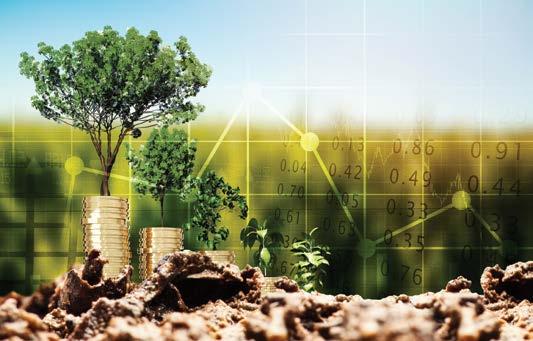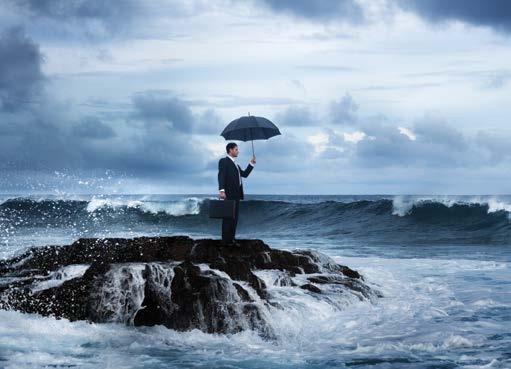PENSION FUND PORTFOLIOS AND WATER RISK expected to increase by 32% in 2030 relative to 2016 due to increased population growth, industrial development and urbanisation. It also forecasts that South Africa will reach a water deficit of 17% by 2030. According to an online article published by the World Economic Forum in April 2019, water risk is ranked as the fourth-highest risk from a likely negative impact perspective to doing business. The uncertainty of the future supply and availability of water places significant risk on water-intensive industries such as agriculture, mining and manufacturing. The scale and nature of water risk will vary from one industry sector to another. These risks fall into three categories – physical, regulatory and reputational risks – with each posing a financial risk to a business and its investors.
Why is water important? South African cities, such as Cape Town, Port Elizabeth, Durban and Johannesburg, have in the last five years each experienced drought and severe water stress. Most recently, and perhaps most severely, the City of Cape Town experienced the worst drought in over 100 years, resulting in strict water restrictions and significant concern being expressed by city residents, local and national government and the business community. Incidents of drought and water shortages have affected millions of South Africans. This has brought the true value of this natural resource to the forefront of people’s minds, as water scarcity increasingly becomes an issue that can no longer be ignored. Our dependence on water extends beyond our biological or sanitation needs, as it has an economic value across all its competing uses. Water poses both an economic and social purpose, requiring both business and civil society to become better water stewards by becoming water wise and protecting our shared water resources. Water therefore plays a crucial role in South Africa’s economic growth and development, serving as a primary input to production and the basis for sustaining life and the environment. This resource should therefore be recognised as an economic and social good.
I. Physical Risk The relative freshwater scarcity, extreme weather events and projected impacts of climate change on water accessibility create uncertainty about reliable water availability in the future. According to the WWF SA report, the projected climate change impacts on freshwater availability in South Africa are rated as one of the highest risks for businesses because rainfall patterns in South Africa will increasingly vary. The western part of South Africa is expected to become drier, while wetter conditions are projected for the eastern part of the country. Changing rainfall patterns will also impact the type of crops that can be grown across the country, as well as the overall food security in South Africa. The other component to physical risks resulting from water scarcity is the state of South Africa’s ageing water infrastructure systems. Second to the recent droughts and water crisis, South Africa’s water infrastructure has increasingly been put
What is water risk? Approximately 70% of our planet is made up of water. However, only an estimated 2.5% of this is freshwater. From our freshwater sources, less than 1% is easily accessible to support the planet’s 7.7bn people. Water is a finite resource and a basic need in South Africa. According to a 2017 WWF SA report, titled Together investigating the future of South Africa’s water supply, the demand for water is
6


